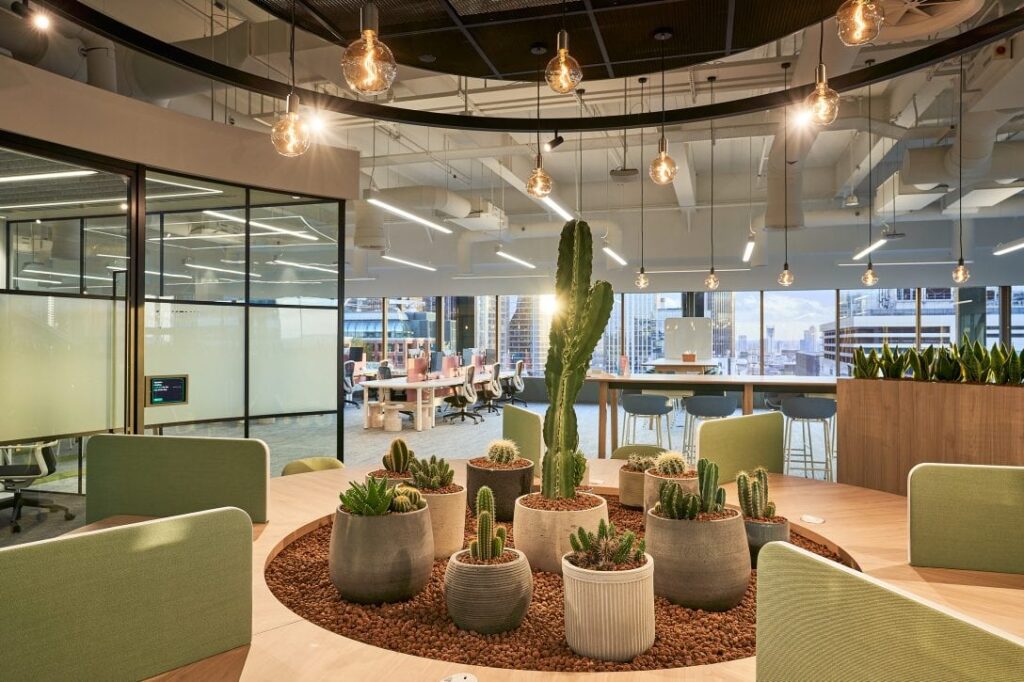Sustainable Office Materials
A Green Office Revolution in Singapore
By Francis Michael, The Chamber Guy
Sustainable Office Materials
Singapore’s vision for a sustainable future is taking shape, with the Singapore Green Plan 2030 leading the charge. Green buildings, reduced carbon footprints, and eco-friendly workplaces are all critical components of this transformation. The materials used in your office—from the flooring to the furniture—play a big part in this shift. Small changes in material choices can lead to large-scale sustainability, and businesses in Singapore are quickly realizing the potential.
Whether you’re revamping an existing office or starting from scratch, embracing sustainable materials is not just environmentally responsible but also smart business. Let’s explore how you can make this change and why it’s worth your time and effort.
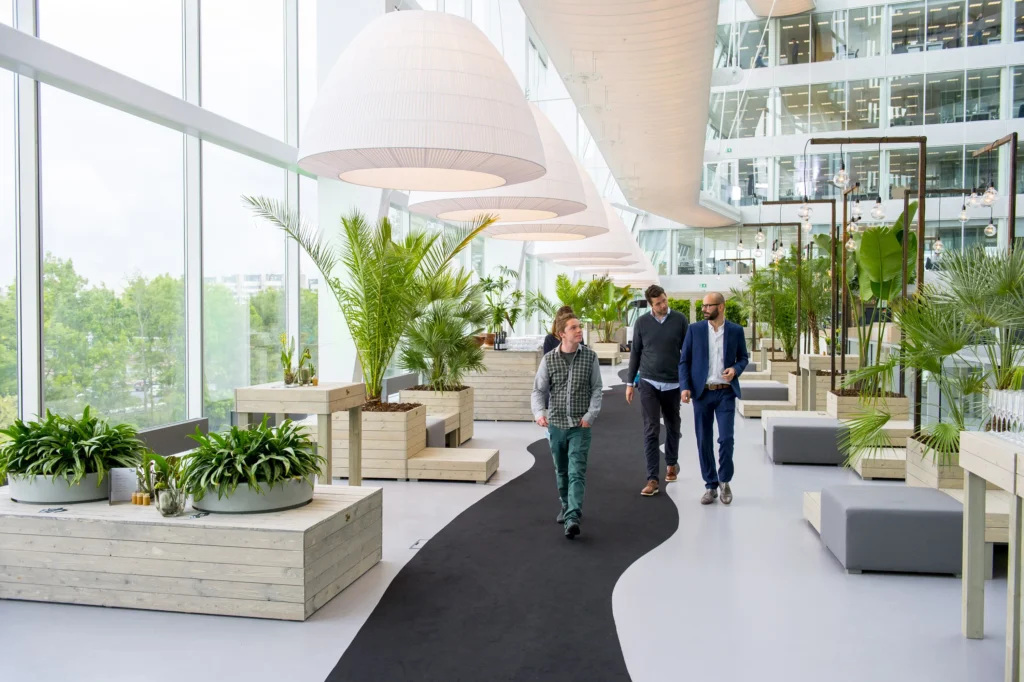
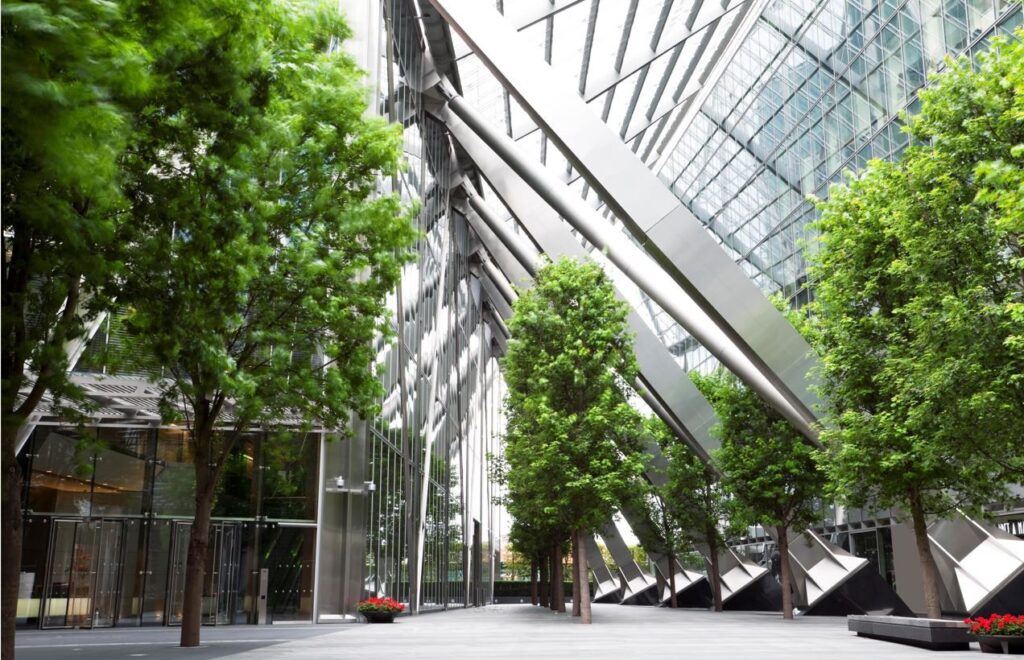
Sustainable Office Materials
Buildings worldwide account for 40% of global energy consumption, and in Singapore, the built environment contributes heavily to the nation’s carbon emissions. To counter this, the government has set an ambitious target: 80% of Singapore’s buildings to be green-certified by 2030. As of now, 40% of buildings hold this certification, but there’s still room for improvement. The materials used within these spaces, such as in office interiors, can play a crucial role in helping businesses meet these goals.
Sustainable materials aren’t just for show; they reduce resource consumption and waste, lower energy usage, and contribute to a healthier office environment.
Top Sustainable Materials for Singaporean Offices
Bamboo & Cork: Rapidly Renewable and Stylish Bamboo is one of the most eco-friendly materials out there. Not only is it durable and stylish, but it also grows at an astounding rate of up to three feet a day. Its strength and flexibility make it perfect for office flooring. Local suppliers like Evorich offer bamboo flooring solutions that are both sustainable and sleek.
Cork is another winner in the eco-friendly materials department. Harvested from cork oak trees, it is renewable and naturally soundproof, making it ideal for flooring or office decor. Cork is both functional and aesthetic, offering a modern touch to your office.
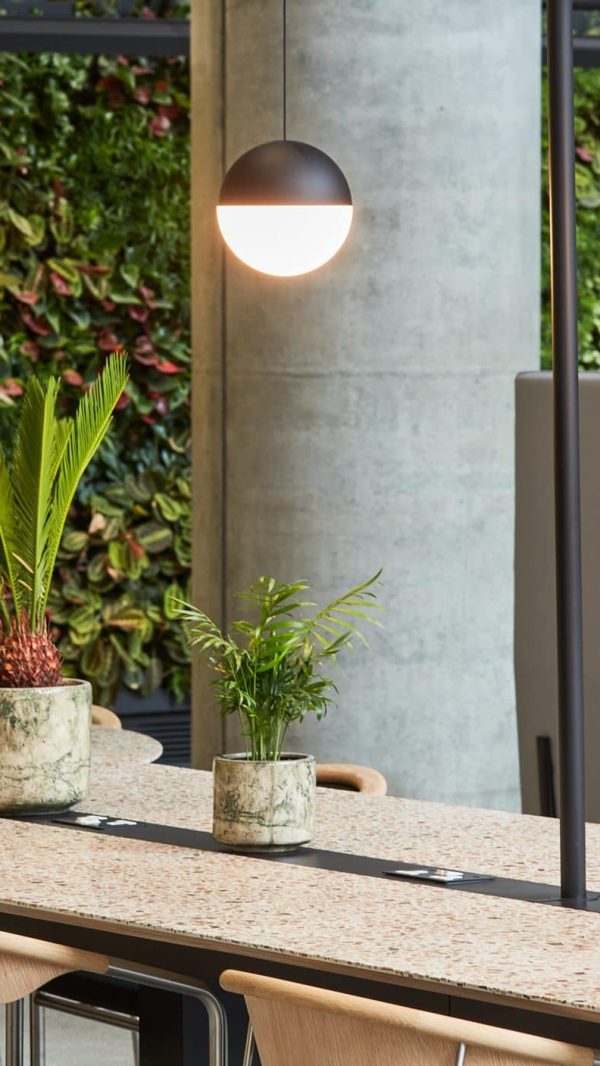
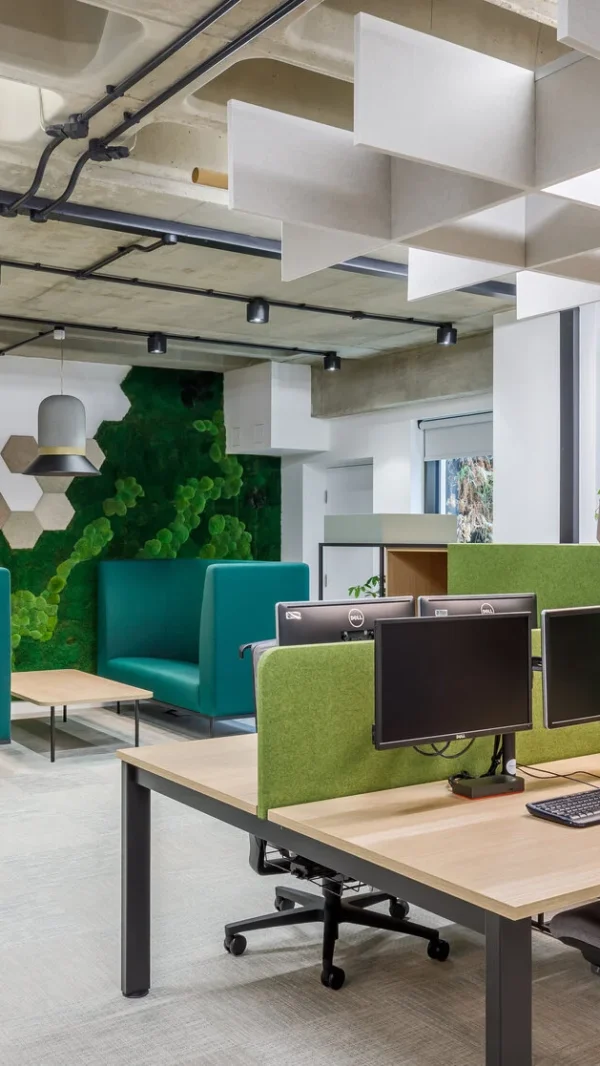

Sustainable Office Materials
Recycled Materials: Reduce, Reuse, Recycle
Singapore’s Zero Waste Masterplan encourages companies to make recycling a part of everyday office life, and the same logic applies to office materials. Furniture and fixtures made from recycled materials—such as reclaimed wood or recycled aluminum—can significantly reduce your carbon footprint.
For example, recycled aluminum saves 95% of the energy used in the production of new aluminum. Singapore-based companies like Greenlam provide recycled laminates and other eco-friendly material options that can help transform your office while supporting sustainability.
Low-VOC Paints: Breathing Cleaner Air
The harmful chemicals found in traditional paints, known as volatile organic compounds (VOCs), can significantly degrade indoor air quality. Low- or no-VOC paints are a healthier alternative, reducing indoor pollutants by up to 50%. Choosing these paints improves air quality and boosts employee well-being. Companies like Nippon Paint Singapore offer a wide range of VOC-free paints in many colors and finishes.
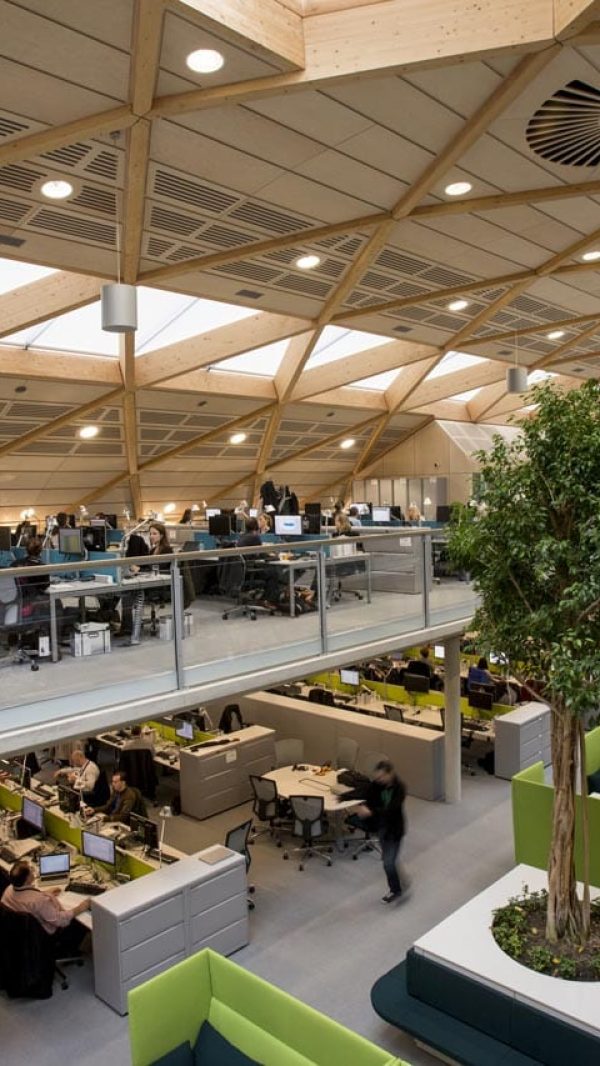
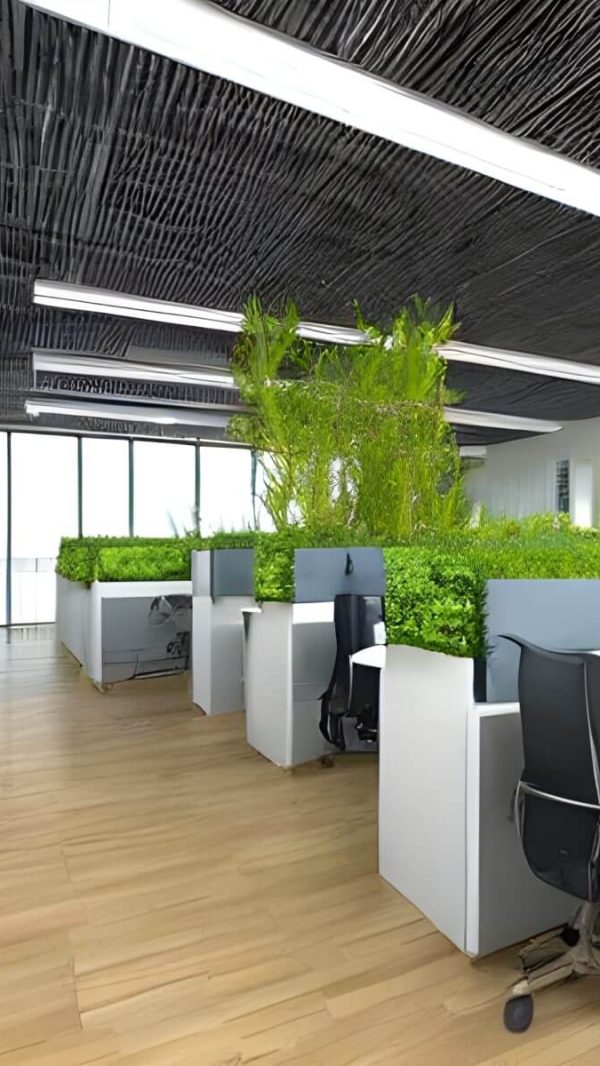
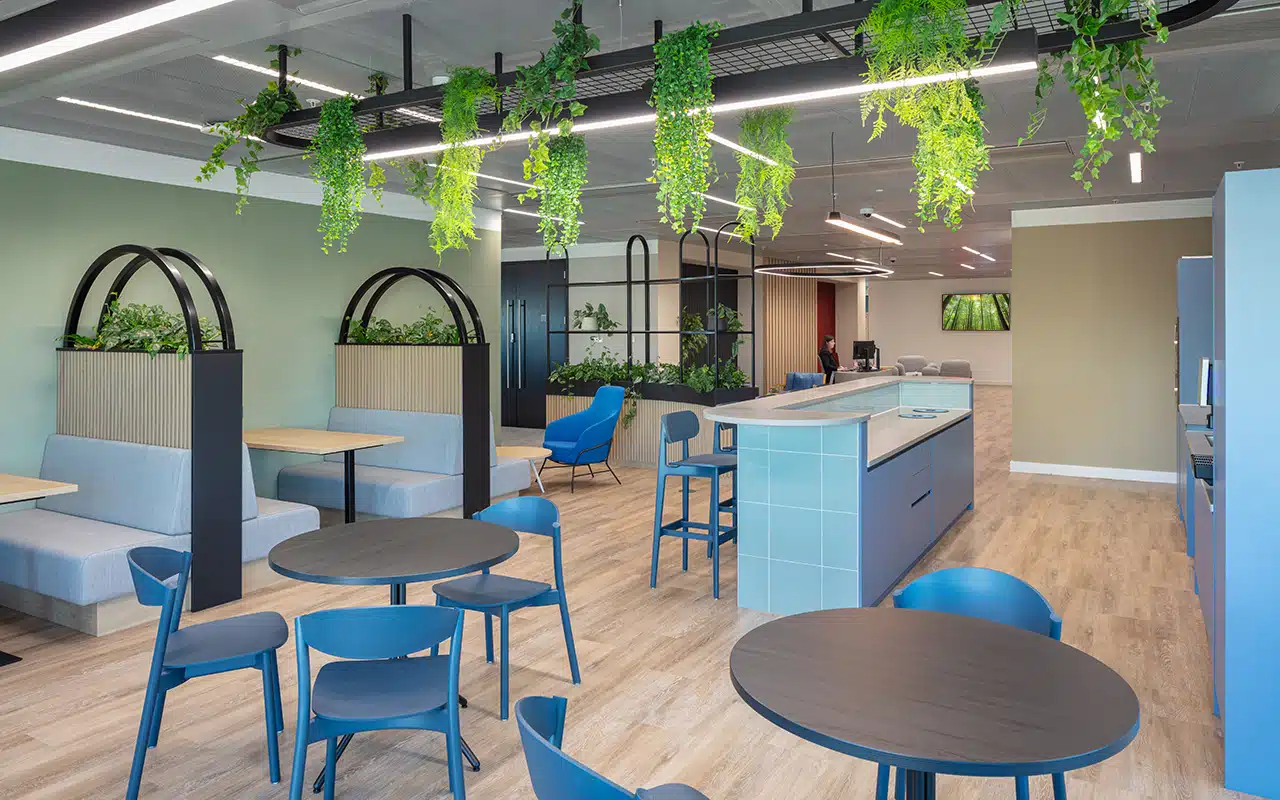
Sustainability and style no longer have to be at odds. Eco-friendly furniture is becoming more readily available in Singapore. Look for desks made from reclaimed wood, chairs from recycled plastic, or second-hand items that breathe new life into your workspace without adding to landfill waste.
WTP Furniture and other local stores offer a wide variety of environmentally friendly, recycled, and upcycled furniture options that not only look great but also align with your sustainability goals.
Real-Life Examples in Singapore
Singapore is already leading by example with green-certified buildings like CapitaGreen, one of the city-state’s greenest office towers. This eco-friendly marvel uses 55% less energy than comparable buildings. CapitaGreen incorporates green materials like recycled aluminum, bamboo, and sustainably sourced wood to reduce its carbon footprint. Even the greenery adorning the building plays a part in lowering heat absorption, cutting down on cooling costs.
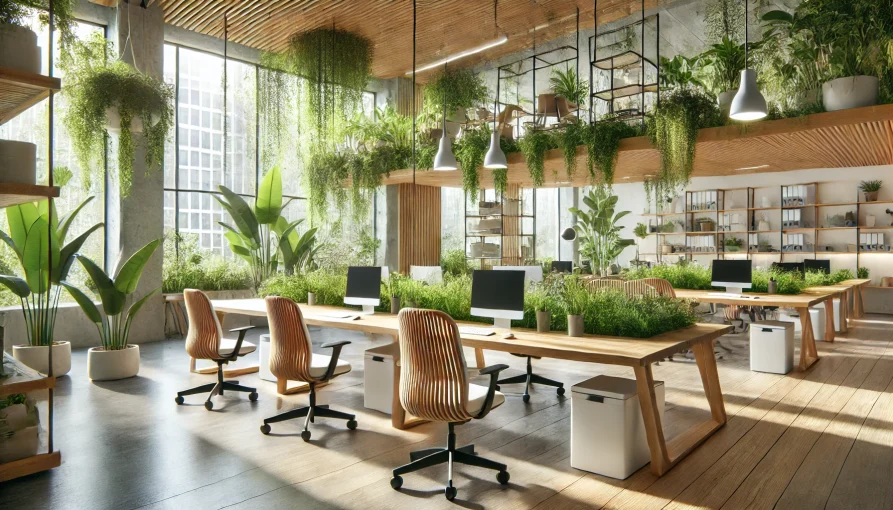
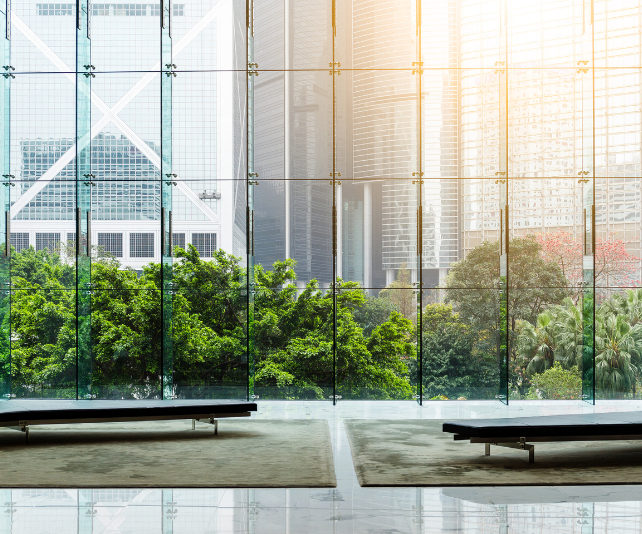
Smaller businesses are also taking steps toward greener workspaces. The Working Capitol, a coworking space in Singapore, has implemented sustainable office materials and green initiatives to create an eco-friendly environment. These businesses demonstrate that adopting sustainable practices is possible, no matter the scale.
Sustainable Doesn’t Mean Expensive
A common misconception is that sustainable materials come with a hefty price tag. But in reality, choosing eco-friendly options can lead to significant long-term savings. Take bamboo flooring, for example—it lasts longer and doesn’t need to be replaced as often as less durable materials. Similarly, using recycled materials reduces manufacturing costs, and low-VOC paints contribute to healthier indoor environments, which can lead to greater productivity and lower employee absenteeism.
Takeaway Points: How to Get Started with Sustainable Materials.
Not sure where to begin? Here’s a quick breakdown of how to start using sustainable materials in your office:
- Switch to Bamboo or Cork: Opt for rapidly renewable materials for flooring or wall decor.
- Use Recycled Materials: Reclaimed wood and recycled aluminum offer sustainable, durable alternatives for furniture and fixtures.
- Choose Low-VOC Paints: Improve indoor air quality and employee health with VOC-free options.
- Go for Eco-Friendly Furniture: Explore options made from recycled or reclaimed materials to furnish your office sustainably.
- Partner with Local Green Vendors: Work with Singaporean suppliers to source eco-friendly materials and support the local economy.

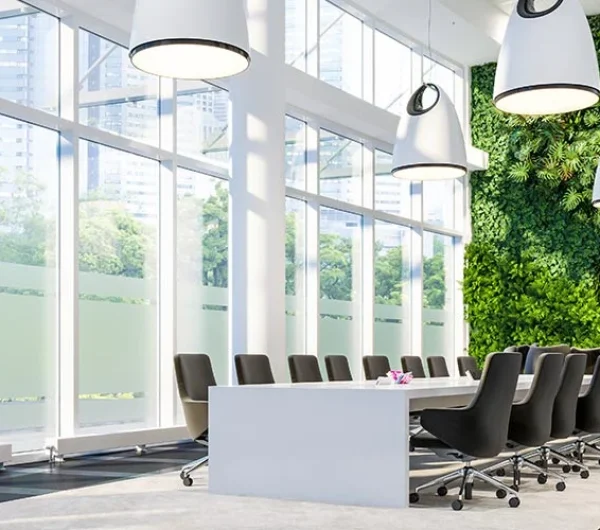
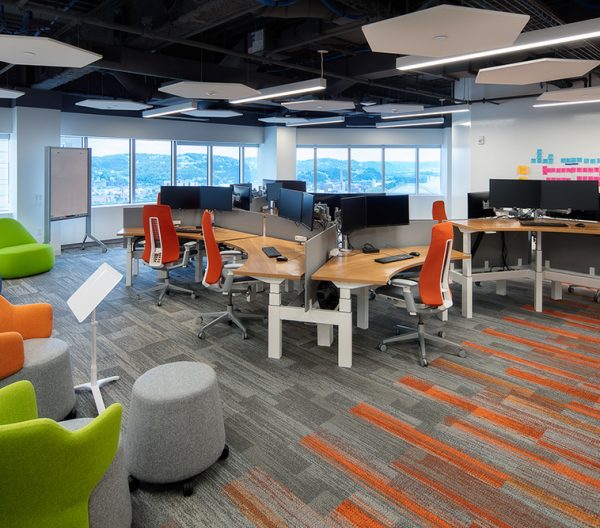
Leading the Green Revolution
With Singapore’s sustainability goals firmly in place, businesses have a unique opportunity to contribute to a greener, healthier future. Choosing sustainable materials for your office is a powerful way to reduce your environmental impact, improve employee well-being, and align with national efforts.
So why not start now? Whether you’re installing bamboo flooring, opting for recycled materials, or choosing low-VOC paint, every step you take toward sustainability is a step toward a better future—for your business, your employees, and the planet.
